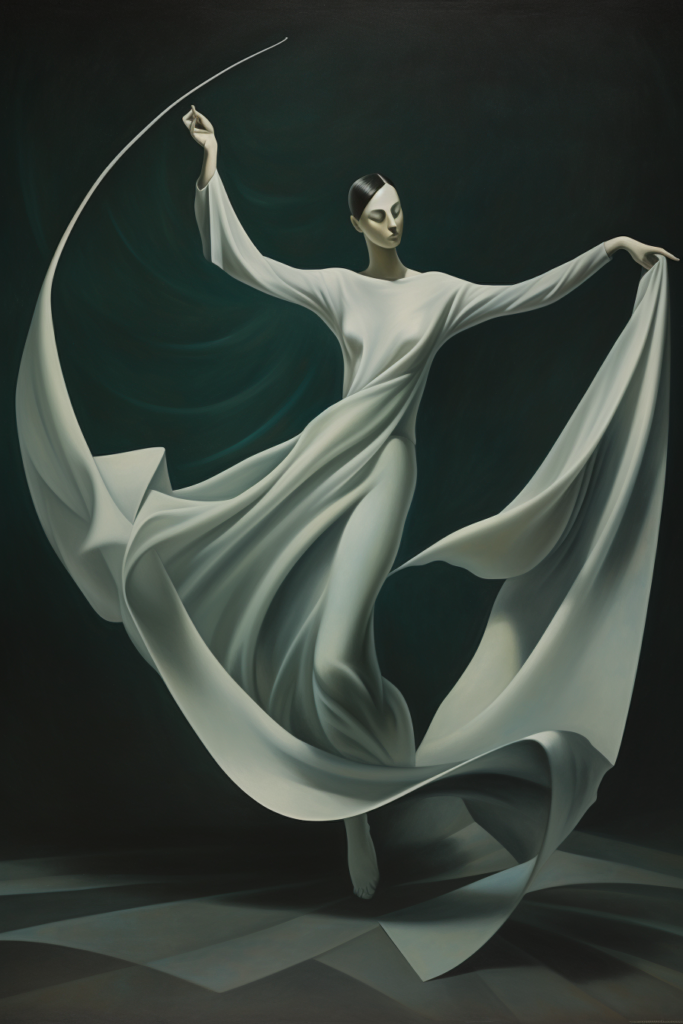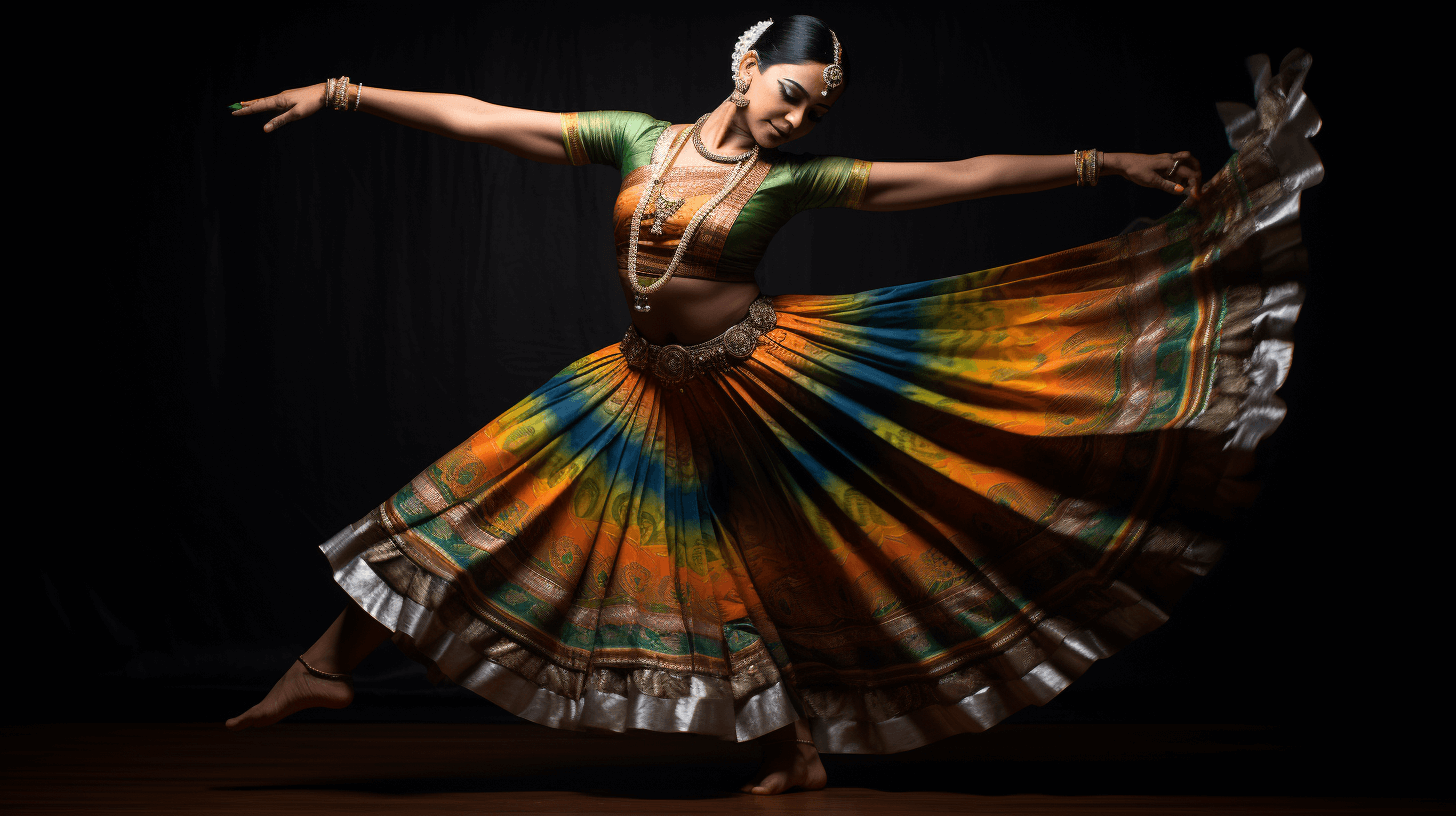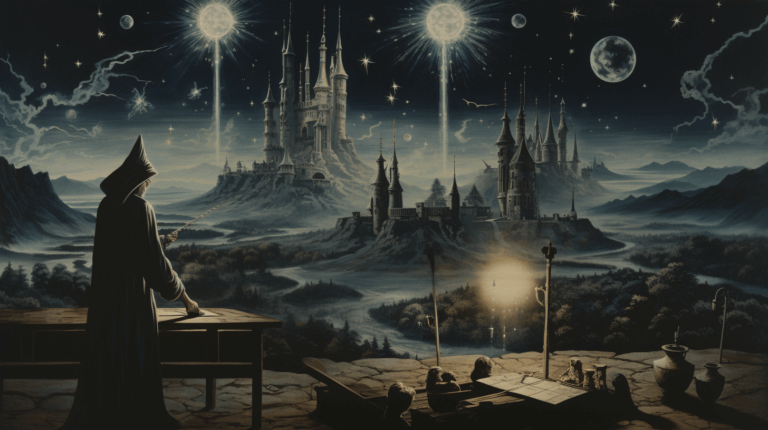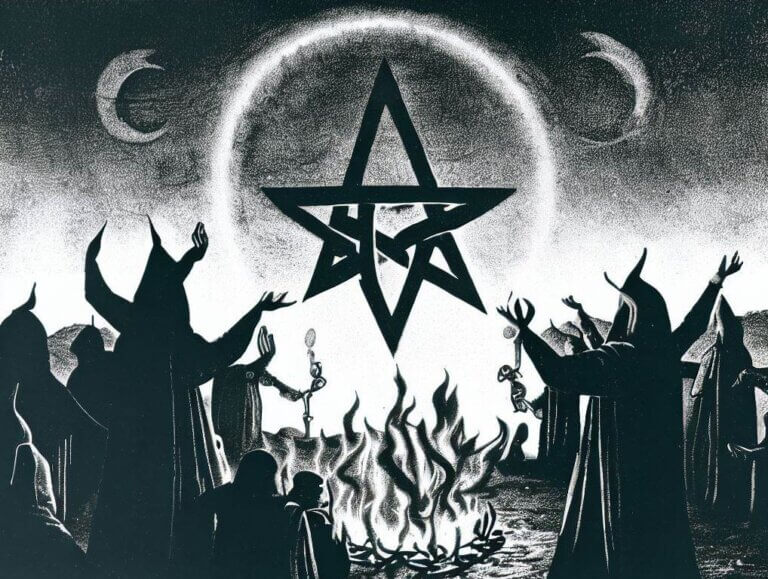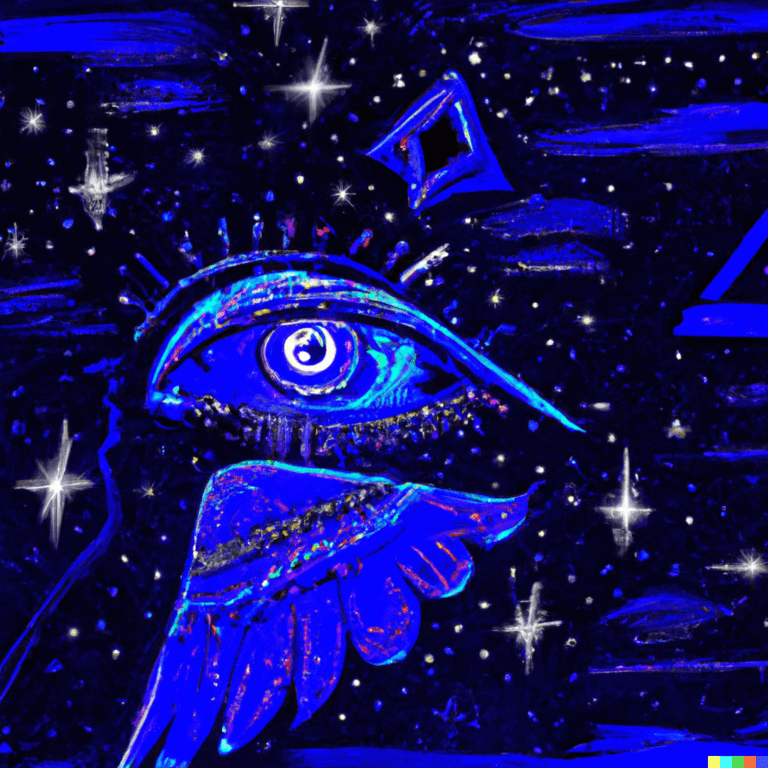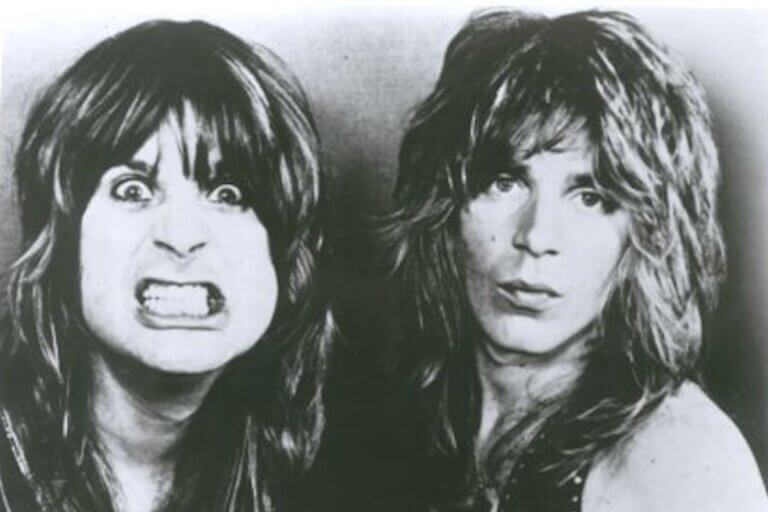Sacred Dance: The Spiritual Rhythms of Humanity
Throughout history, dance has been a medium for human expression, celebration, and storytelling. From the primal beats of ancient drums to the sophisticated compositions of ballet, dance tells a story of humanity’s journey. Among these dances, there exists a category that transcends mere entertainment or athleticism: Sacred Dance. Rooted in spiritual traditions and revered practices, these dances serve as a conduit between the earthly and the divine.
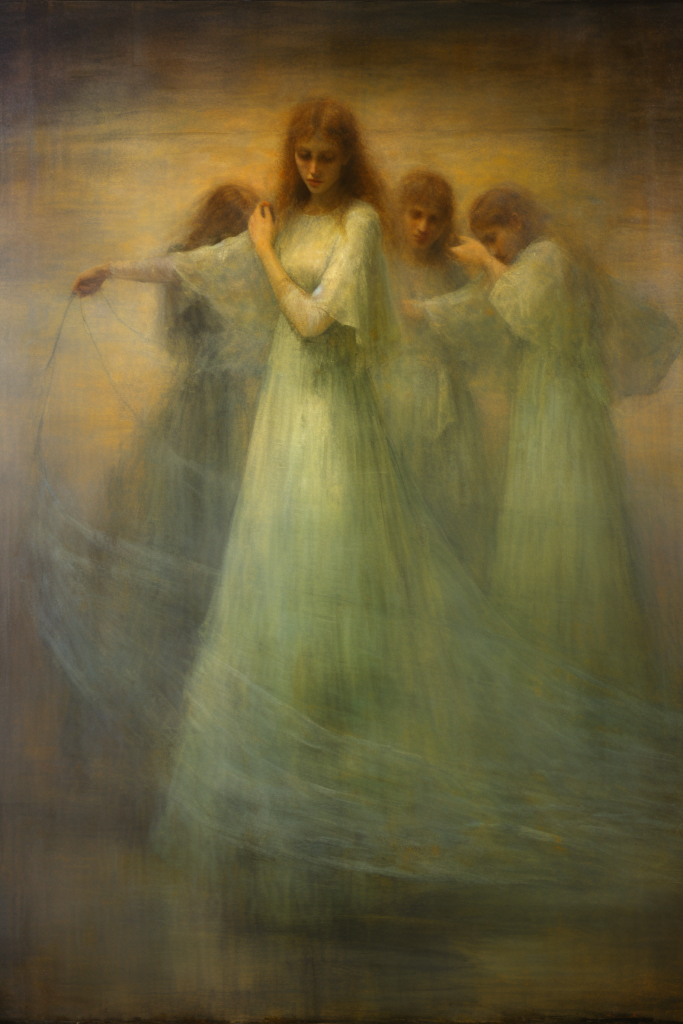
Origins and Evolution
Sacred dances find their origins in the very dawn of human civilization. Ancient societies would often engage in ritualistic dances to appease gods, seek blessings, or understand the mysteries of the universe. Whether it’s the tribal dances of indigenous communities around the world or the more structured rituals of ancient Egypt or Greece, these dances were often seen as a crucial bridge between humans and the higher powers they believed in.
As societies evolved, so did the form and purpose of sacred dance. For instance, in India, classical dances like Bharatanatyam or Odissi are deeply rooted in religious traditions and often depict stories from Hindu scriptures. Similarly, the Sufi Whirling, associated with dervishes, is a meditative dance form that seeks unity with the divine.

Purpose and Meaning
The core purpose of sacred dance is to connect with the spiritual realm. It acts as a medium to:
- Express Devotion: Sacred dance can be a form of prayer, a way to show reverence to a deity or universal spirit. In many traditions, the dancer becomes a vessel for divine energy, translating it into physical movement.
- Achieve Transcendence: Dances like the Sufi Whirling or Native American Ghost Dance are designed to help participants transcend the physical world, reach altered states of consciousness, and achieve spiritual enlightenment.
- Celebrate Sacred Stories: Many sacred dances narrate stories from scriptures, legends, or histories of a particular faith. These dances ensure that the stories live on, passed from one generation to the next.
- Foster Community: Group dances in particular foster a sense of unity, togetherness, and shared spiritual purpose among participants.
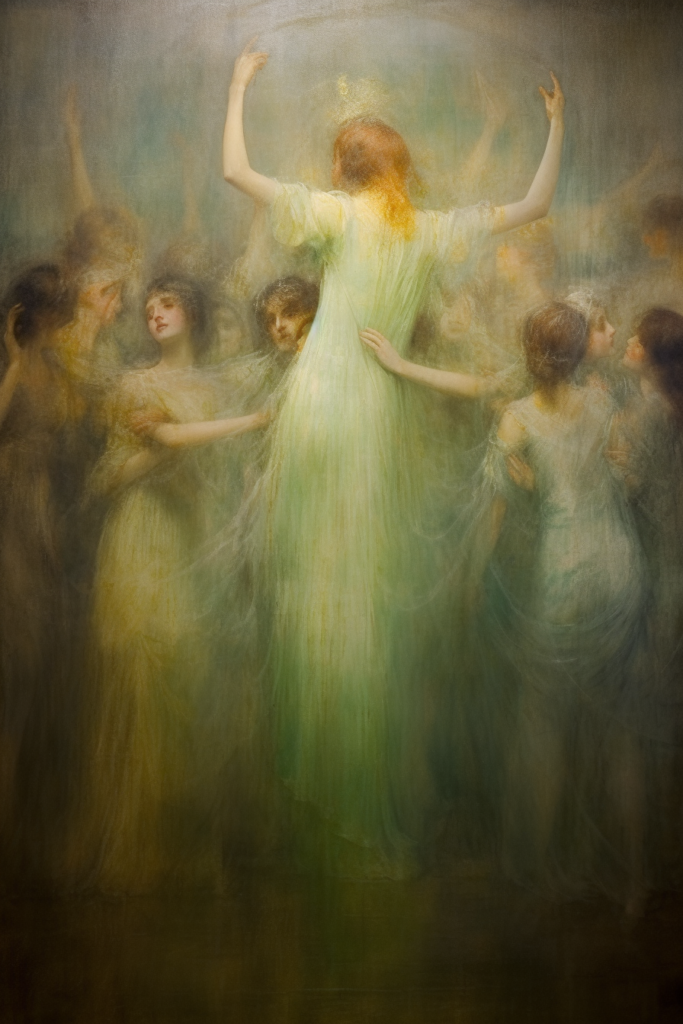
Examples from Around the World
- Sufi Whirling (Turkey and Middle East): This mesmerizing dance involves dervishes spinning in repetitive circles, symbolizing the cosmic cycle and the human connection to the divine.
- Bharatanatyam (India): A classical dance that blends intricate footwork, expressive hand gestures, and facial expressions to convey stories from Hindu mythology.
- Ghost Dance (Native American): A ceremonial dance that emerged among North American indigenous tribes, with the purpose of reuniting the living with the spirits of the dead.
- Hula (Hawaii): More than just a dance, Hula is a way of preserving and narrating ancient Polynesian myths and legends.
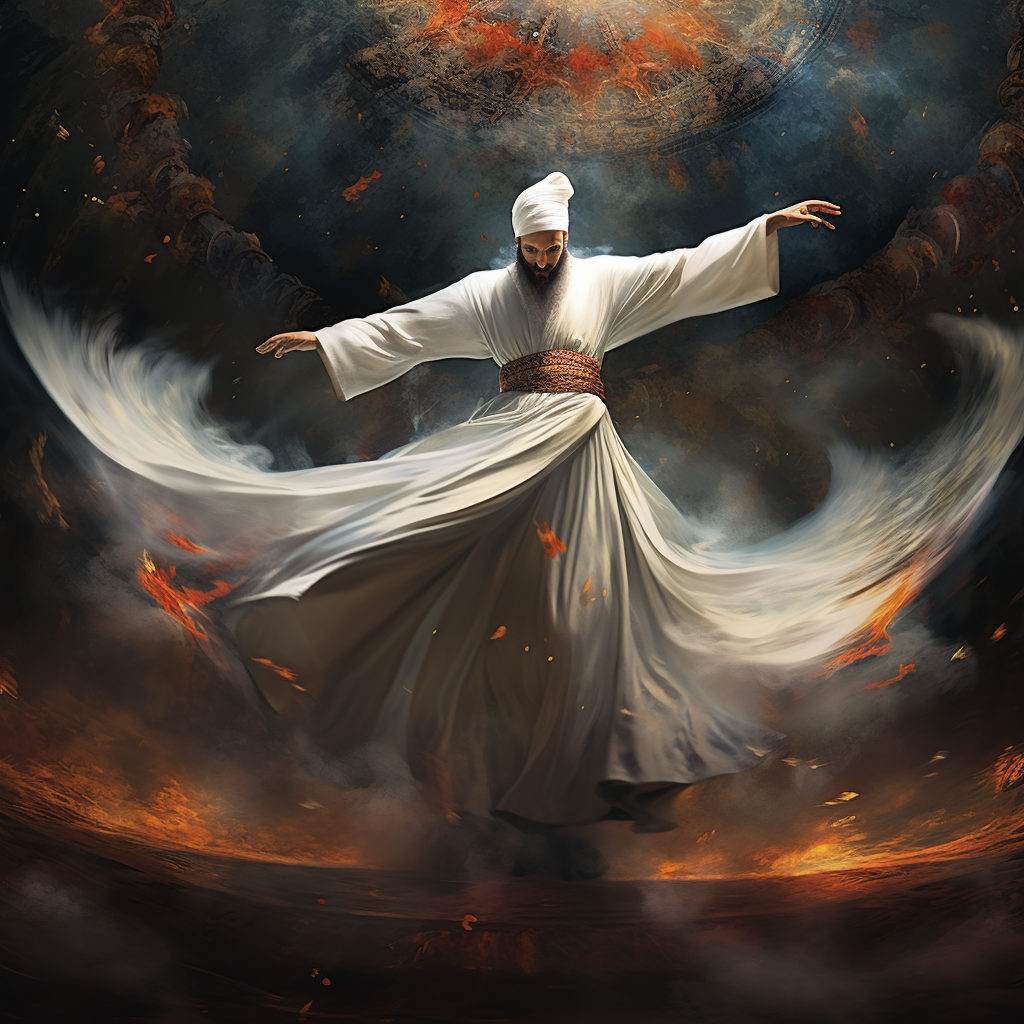
Sacred Dance Today
In today’s world, where technology often overshadows tradition, sacred dances continue to be a beacon of spirituality. Many people, regardless of their religious beliefs, are drawn to these dances as a way to connect with something greater than themselves, to find inner peace, or to be a part of a community that cherishes ancient traditions.
Sacred dance festivals, workshops, and retreats are held worldwide, introducing participants to dances from various traditions and providing them with an opportunity to dive deeper into the spiritual aspects of movement.
Conclusion
Sacred dance serves as a testament to humanity’s eternal quest for understanding and connecting with the divine. It is a celebration of the human spirit, a bridge between our physical existence and the vastness of the cosmos. As we witness or participate in these dances, we are reminded of the profound beauty and mystery of existence and our timeless pursuit of transcendence and enlightenment.
